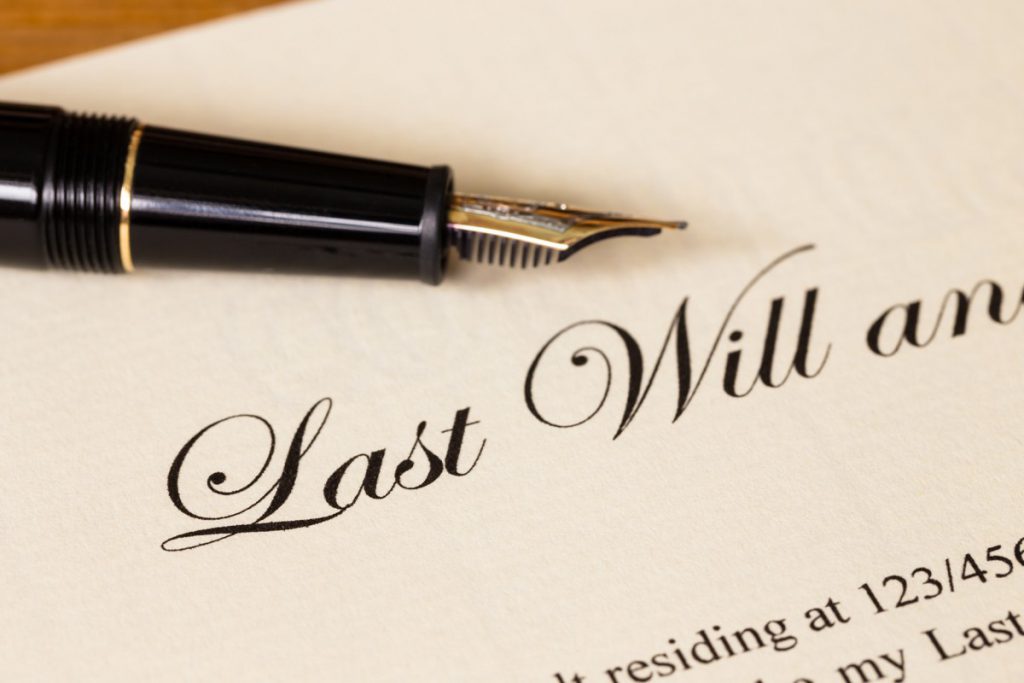Asset Protection – Define Risk Before Spending Money
Creating profit from business and investments is not always the bottom line; you must be capable of securing yourself against lawsuits and claims. Some of the risks you might face include obligations of mortgage and debts to vendors and third parties, claims regarding damages your employees are responsible for, issues of consumer-protection, and professional or product liability.
These risks when mishandled often lead to business and financial losses that may extend to the loss of even personal assets. Being conscious of the risks you face and having the ability to effectively evade their potential effects gives you an assured opportunity to successfully run your business.
Every comprehensive plan for asset-protection is aimed at significantly strengthening the prevention of risk so as to guarantee optimum security for private and business assets from claims that can possibly be made by creditors. Ideal asset-protection plans constitute legal strategies for protecting your assets from the seizure after court judgment or even restraining potential claimants from the very beginning.
Strategies employed in the planning of asset-protection comprise of arrangements or separate legal structures like partnerships, corporations, and trusts. The types of assets owned by you and the creditors from whom you are most likely to receive claims play a huge role in the best Asset Protection structure(s) for your business.
Entities differ from country to country but their purpose is to protect your wealth from risks and failures which are part and parcel of any business or investment. You must seek legal advice as to which entity is best suited for your purpose.
You should never put all your eggs in one company failure of which can bring down your entire financial empire. Create different entities for different businesses and investments. These can be inter-linked but independent to ensure the failure of one does not impact the safety of the other. Expert legal advice is needed to set these up correctly.
You should control everything but own nothing: this is the best situation to be in. No liability or failure should be able to affect you personally.
Types of Claims
There are generally two types of claims that businesses can face. It is vital to have a clear understanding of the difference in relation to the protection of assets:
- Internal claims –These types of claims come from creditors with remedy restricted to a specific entity’s assets like the assets of a corporation. An example can be someone slipping and falling on a real estate property of your corporation. The injured person can only pursue claims limited to the assets of your corporation (i.e., the real estate property). All this is dependent on you not directly causing the injury.
- External claims– These claims can go beyond the entity’s assets, extending to your personal assets. If in the same instance above, your corporation owns a truck that is driven negligently by you into pedestrians; all injured parties could make lawsuits against both you and your corporation to get double judgment compensation from your personal and corporate assets.
Types of Assets
Getting explicit knowledge of the types of claims that you could possibly face provides a good platform on which your plan for the protection of your assets from seizure or garnishment. Similarly, important is the understanding of how susceptible different asset types are to claims.
Assets referred to as dangerous assets, are naturally more liable to substantial risk. Common dangerous asset examples include commercial property, rental real estate, and business assets, like motor vehicles, equipment, and tools. On the other hand, assets that present very low inherent liability levels are termed Safe assets. The ownership individual bank accounts, bonds, and stocks incorporate no risk in relation to their existence.
 Since safe assets generally carry low-risk probabilities, they can be owned by the same entity or individually.
Since safe assets generally carry low-risk probabilities, they can be owned by the same entity or individually.
It is not advisable to combine dangerous assets with safe assets. By ensuring ownership of dangerous assets as separate will help to reduce the risk of losing the assets individually.







 The liability of corporations’ even when responsible limits creditors to the pursuit of strictly corporate assets to compensate claims: corporate principals’ assets are not subjected to seizure or claim for corporate debts. The clear difference between corporations and the other entities like trusts or partnerships is the personal liability protection it provides to its corporate principals.
The liability of corporations’ even when responsible limits creditors to the pursuit of strictly corporate assets to compensate claims: corporate principals’ assets are not subjected to seizure or claim for corporate debts. The clear difference between corporations and the other entities like trusts or partnerships is the personal liability protection it provides to its corporate principals.




